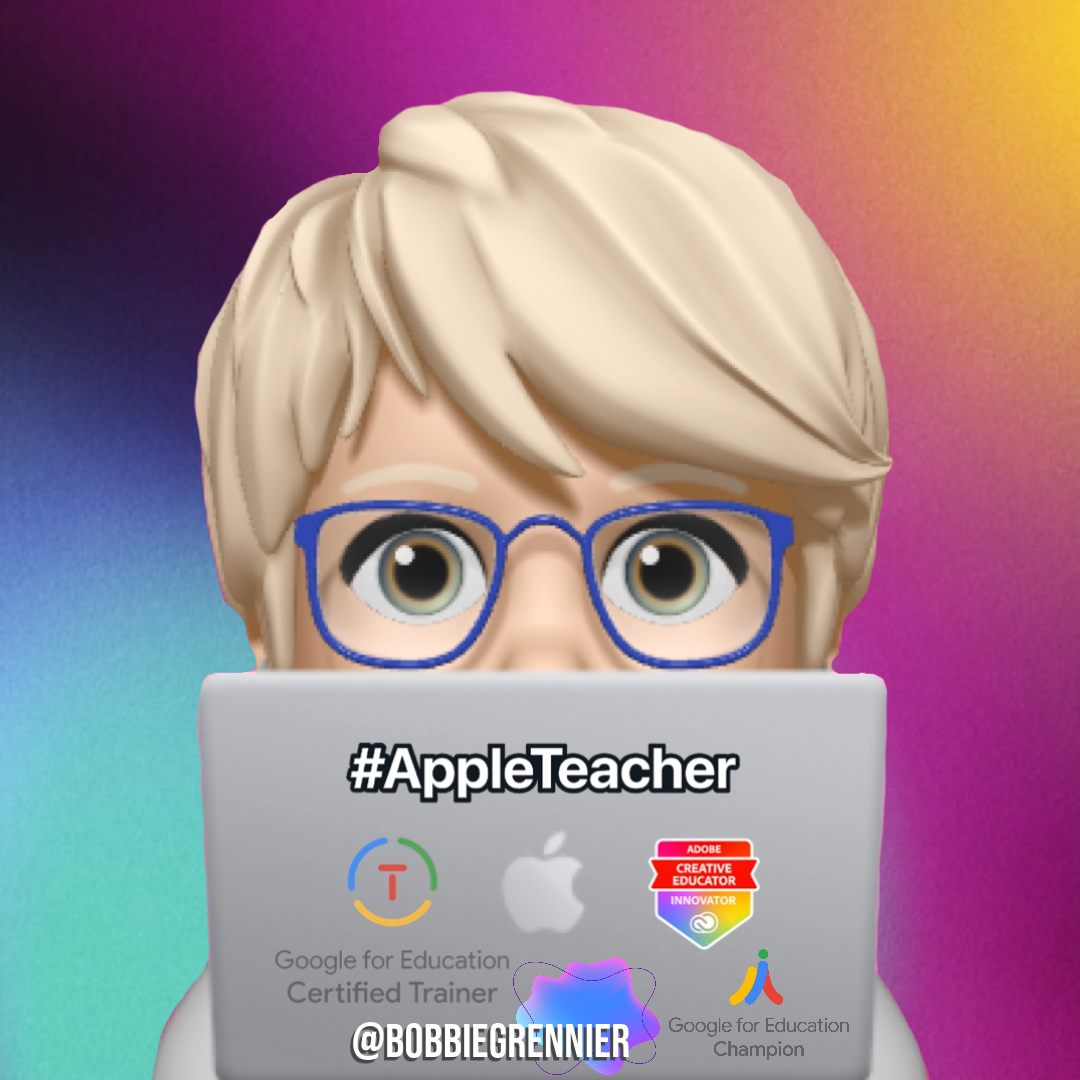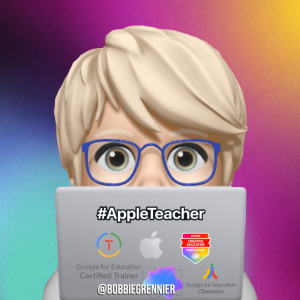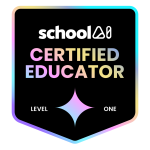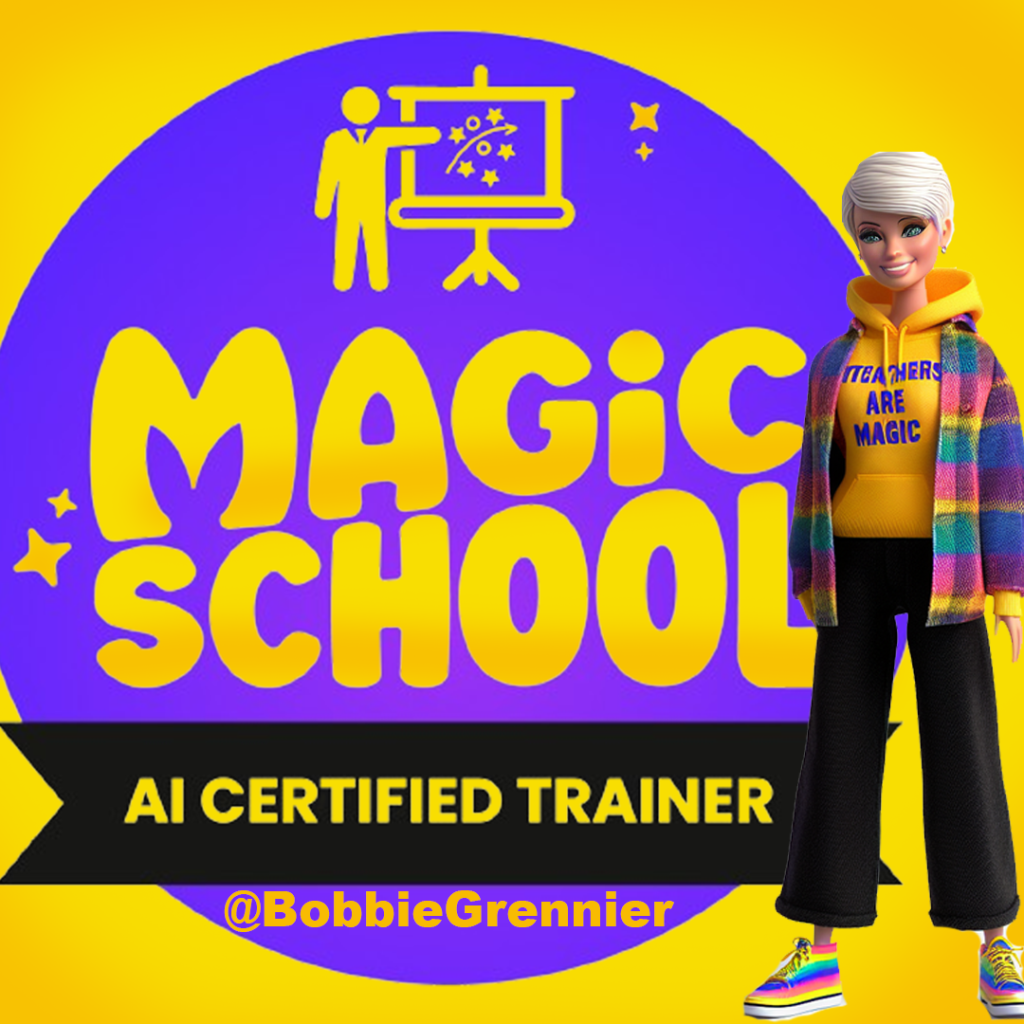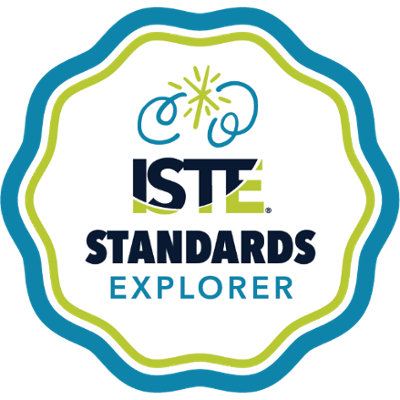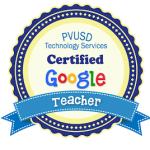An educational workstation is a designated area in a classroom where students can work independently or collaboratively on activities related to a specific subject or topic. Workstations are typically equipped with the materials and resources that students need to complete their work, such as computers, textbooks, manipulatives, and other supplies.
Workstations can be used for a variety of purposes, such as:
- Independent learning: Students can use workstations to work on assignments or projects that they can complete on their own.
- Collaborative learning: Students can use workstations to work together on group projects or activities.
- Differentiated instruction: Workstations can be used to provide different levels of instruction or support for students with different learning needs.
- Project-based learning: Workstations can be used to facilitate project-based learning, where students work on long-term projects that require them to use a variety of skills and resources.
- Makerspace: Workstations can be used to create a makerspace, where students can use tools and materials to create their own projects.
The specific features and layout of an educational workstation will vary depending on the needs of the students and the teacher. However, some common features of educational workstations include:
- Ample workspace: Students need enough space to spread out their materials and work comfortably.
- Storage: Workstations should have storage space for materials and supplies.
- Ventilation: Workstations should have good ventilation to prevent students from getting too hot or stuffy.
- Lighting: Workstations should have adequate lighting so that students can see their work clearly.
- Comfortable seating: Students should be able to sit comfortably while they work.
Educational workstations can be a valuable tool for promoting student learning. By providing students with a dedicated space to work independently or collaboratively, workstations can help students focus on their work, learn at their own pace, and develop their skills and knowledge.
Here are some additional benefits of using educational workstations in the classroom:
- They can help to reduce distractions and promote focus.
- They can provide a sense of structure and organization.
- They can encourage collaboration and teamwork.
- They can be used to differentiate instruction.
- They can be used to promote project-based learning.
- They can be used to create a makerspace.
If you are considering using educational workstations in your classroom, there are a few things to keep in mind:
- Choose the right type of workstation for your needs. There are many different types of educational workstations available, so it is important to choose one that is right for your students and the activities that you will be using it for.
- Set clear expectations for students. Make sure that students know how to use the workstation properly and what they are expected to do while they are working there.
- Provide regular monitoring and support. It is important to check in with students regularly to make sure that they are on track and to provide them with any assistance that they need.
- Be flexible. The way that you use educational workstations may need to change over time as your students’ needs change.
Educational workstations can be a valuable tool for promoting student learning. By following these tips, you can ensure that your students get the most out of using them.

